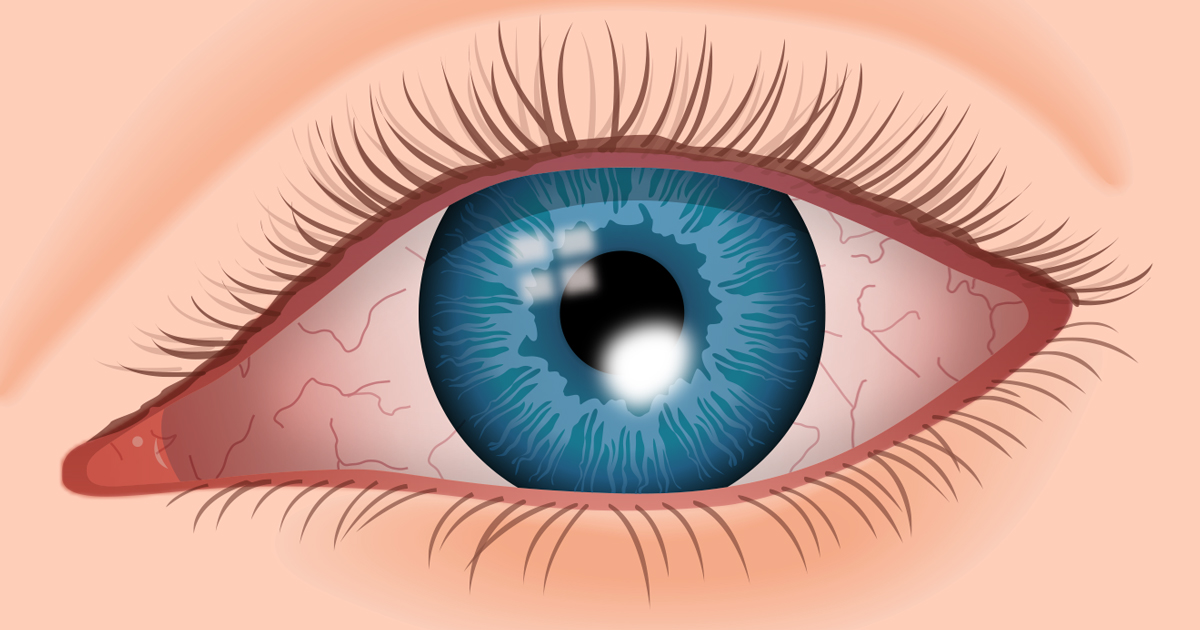Serious Conditions And Other Factors That Cause Blurry Vision
Presbyopia

Presbyopia is the medical term for the normal loss of focusing ability that happens as individuals age. The effects usually set in at some point after the age of forty. The first symptom patients tend to experience is trouble clearly seeing small print when reading books or trying to decipher text messages. Presbyopia happens to everyone, even if they've never had a vision problem before. Nearsighted individuals will also notice their close vision is beginning to become blurred in addition to their distance vision. The condition occurs when the eye's natural lens gradually thickens and loses flexibility, causing it to be unable to focus as well. The change is caused by proteins found within the lens, which cause the lens to lose its elasticity and become harder. There are also changes in the muscle fibers around the lens as individuals age. Specifically, they become tighter and don't have as large a range of motion, further complicating the ability to focus.
Learn more about the conditions that result in blurred vision now.
Astigmatism

Astigmatism is another common eye condition that causes blurry vision. It's caused by an imperfection in the eye's lens or cornea curvature. In an individual with 20/20 vision, the lens and cornea are smooth and curve equally across every direction. If there isn't a smooth, even curve, there's a problem with the refraction of light. Corneal astigmatism is caused by an irregularly-shaped cornea. Lenticular astigmatism is caused by a distorted lens shape. Unlike myopia or hyperopia, astigmatism causes both far and near objects to seem distorted and blurry. However, the condition can sometimes occur alongside myopia or hyperopia. If astigmatism isn't diagnosed and corrected, it can impact a child's ability to function in sports and school. Regular eye exams are important for developing children.
Keep reading for more on the causes of blurred vision now.
